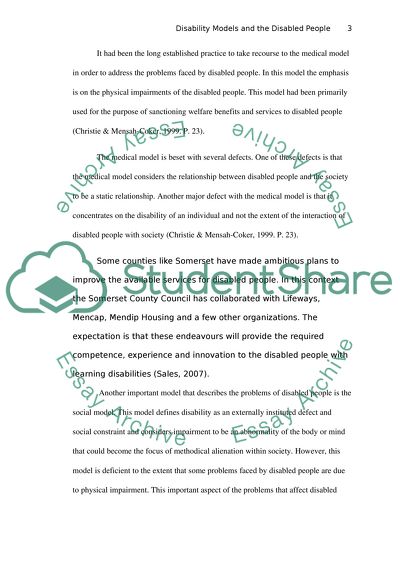Cite this document
(“Disabled People and Discrimination Essay Example | Topics and Well Written Essays - 3500 words”, n.d.)
Retrieved from https://studentshare.org/sociology/1507029-disabled-people-and-discrimination
Retrieved from https://studentshare.org/sociology/1507029-disabled-people-and-discrimination
(Disabled People and Discrimination Essay Example | Topics and Well Written Essays - 3500 Words)
https://studentshare.org/sociology/1507029-disabled-people-and-discrimination.
https://studentshare.org/sociology/1507029-disabled-people-and-discrimination.
“Disabled People and Discrimination Essay Example | Topics and Well Written Essays - 3500 Words”, n.d. https://studentshare.org/sociology/1507029-disabled-people-and-discrimination.


